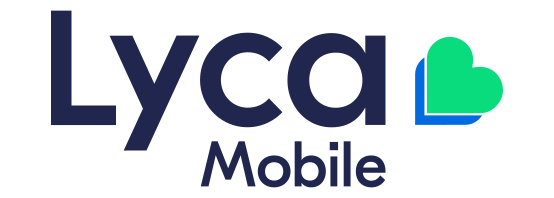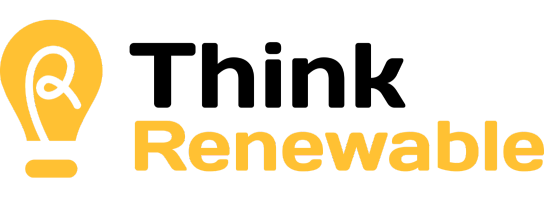Building Bridges, Not Walls: How to Successfully Onboard Remote Workers
More and more businesses in Australia and around the world are embracing the flexibility of remote work. This shift means that employers need to take a more refined approach to their onboarding processes to ensure remote workers feel integrated, supported, and productive from day one.
As a leading recruitment agency in Sydney, WOW understands the unique challenges and opportunities that come with onboarding remote employees. That’s why we’re here to help with some essential tips and best practices to help you onboard remote workers successfully.
The Importance of a Structured Onboarding Process
A well-structured employee onboarding process is so important for setting the tone of your new hires' experience. It impacts their engagement, performance, and retention. When it comes to remote employees, the absence of physical interaction makes this process even more important. Employers need to make sure that new hires feel connected, valued, and equipped to perform their roles effectively, despite the physical distance.
The Challenge of Onboarding Remotely
Unfortunately, traditional onboarding procedures, designed for in-office introductions and face-to-face interactions, don't always translate seamlessly to the remote world. New remote employees can feel isolated and struggle to grasp company culture without the usual watercooler moments and casual chats. This can lead to decreased engagement, lower productivity, and ultimately, higher turnover.
Onboarding Remote Employees - Best Practices
The good news is that with careful planning and execution, you can create a welcoming and informative onboarding experience for your remote hires. Here’s our list of best practices to guide you through the process:
Laying the Groundwork
Communicate and Prepare Early
To make sure you and your new hire can hit the ground running, it’s a good idea to begin the onboarding process well before their start date. Send them a welcome email detailing what they can expect in their first week, along with any necessary paperwork, access to tools, and resources they’ll need.
Pro tip: Providing a clear schedule and agenda for their first week can alleviate anxiety and set clear expectations.
Get the Tech Setup Right
All of the equipment, software, and access credentials your new hire will need should be prepared in advance to avoid any delays or technical mishaps. This includes laptops, VPN access, communication tools (like Slack or Teams), and any other relevant software.
Pro tip: Providing clear instructions or a step-by-step guide for setup can help new employees get started without frustration.
Making a Positive First Impression
Arrange a Virtual Welcome
Arrange a virtual meet-and-greet session on the first day. This could be one-on-one with their direct manager or a group call with the team. Personal introductions and a warm welcome can make remote employees feel part of the team from the start.
Give a Clear Orientation
Conduct a detailed orientation session to familiarise your new hire with the company’s mission, values, culture, and structure. Use engaging formats such as interactive presentations or virtual tours to help remote employees understand how they fit into the broader organisation.
Building Connections
Create a Buddy System
Pair new remote employees with a buddy or mentor within the company to provide guidance, answer questions, and offer support during the initial weeks. Having a go-to person can significantly reduce feelings of isolation and uncertainty when onboarding remote workers.
Schedule Regular Check-ins
Schedule frequent check-ins during the first few weeks and months—these can be daily or weekly depending on the role and the individual’s needs. Regular check-ins provide opportunities for feedback, address any concerns, and ensure that the new hire is adapting well.
Organise Team Building Activities
Encourage participation in virtual team-building activities. These can include informal coffee chats or more structured online games or workshops. Such activities help remote employees build relationships and foster a sense of community within the team.
Ensuring Competence and Confidence
Develop Comprehensive Training Programs
Develop a structured training plan that includes both job-specific training and general onboarding modules. It’s a good idea to use a mix of live training sessions, pre-recorded videos, and interactive e-learning tools to cater to different learning styles.
Provide Access to Resources
Provide easy access to a centralised library of resources, such as a company wiki, knowledge base, or learning management system. This ensures that new hires can find the information they need whenever they need it.
Create Ongoing Learning Opportunities
Promote a culture of continuous learning by offering ongoing training opportunities, such as webinars, workshops, and access to online courses. Encouraging professional development not only enhances skills but also demonstrates your investment in the employee’s growth.
Guiding Success
Set Clear Goals and Expectations
Setting clear, achievable goals and expectations from the outset helps remote employees stay focused and understand what is expected of them. Provide a detailed outline of job responsibilities, key performance indicators (KPIs), and timelines for them to reference.
Give Regular Feedback
Regular performance reviews and feedback sessions help remote employees understand their progress, identify areas for improvement, and feel valued. That’s why it’s important to create a robust feedback mechanism to provide constructive and timely feedback.
Celebrate Achievements
Acknowledge and celebrate the achievements of your remote employees. Whether through formal recognition programs or informal shout-outs, recognising their contributions fosters motivation and engagement.
Creating a Supportive Remote Work Environment
Promote Work-Life Balance
Encourage remote employees to establish a healthy work-life balance by providing guidelines on setting boundaries, taking breaks, and managing workloads to prevent burnout. Flexibility should not come at the cost of employee well-being.
Foster Open Communication
Maintain open lines of communication through regular team meetings, one-on-one sessions, and open-door policies (virtually). Use a variety of communication tools to accommodate different preferences and ensure everyone feels heard.
Ask for Feedback
Regularly ask for feedback from remote employees about the onboarding process and their overall experience. You can then use this feedback to make continuous improvements and demonstrate that you value their input.
Onboarding remote employees effectively requires a deliberate and thoughtful approach. By following these best practices, you can ensure that your new hires feel welcomed, supported, and empowered to succeed in their roles. A successful employee onboarding procedure not only enhances individual performance but also contributes to the overall health and productivity of your organisation.
At WOW Recruitment, we specialise in helping companies in Sydney and beyond navigate the complexities of remote work. Our expertise in recruitment and onboarding ensures that your remote employees are set up for success from the very beginning. Get in touch with us today to learn more about how we can support your remote onboarding needs.
















